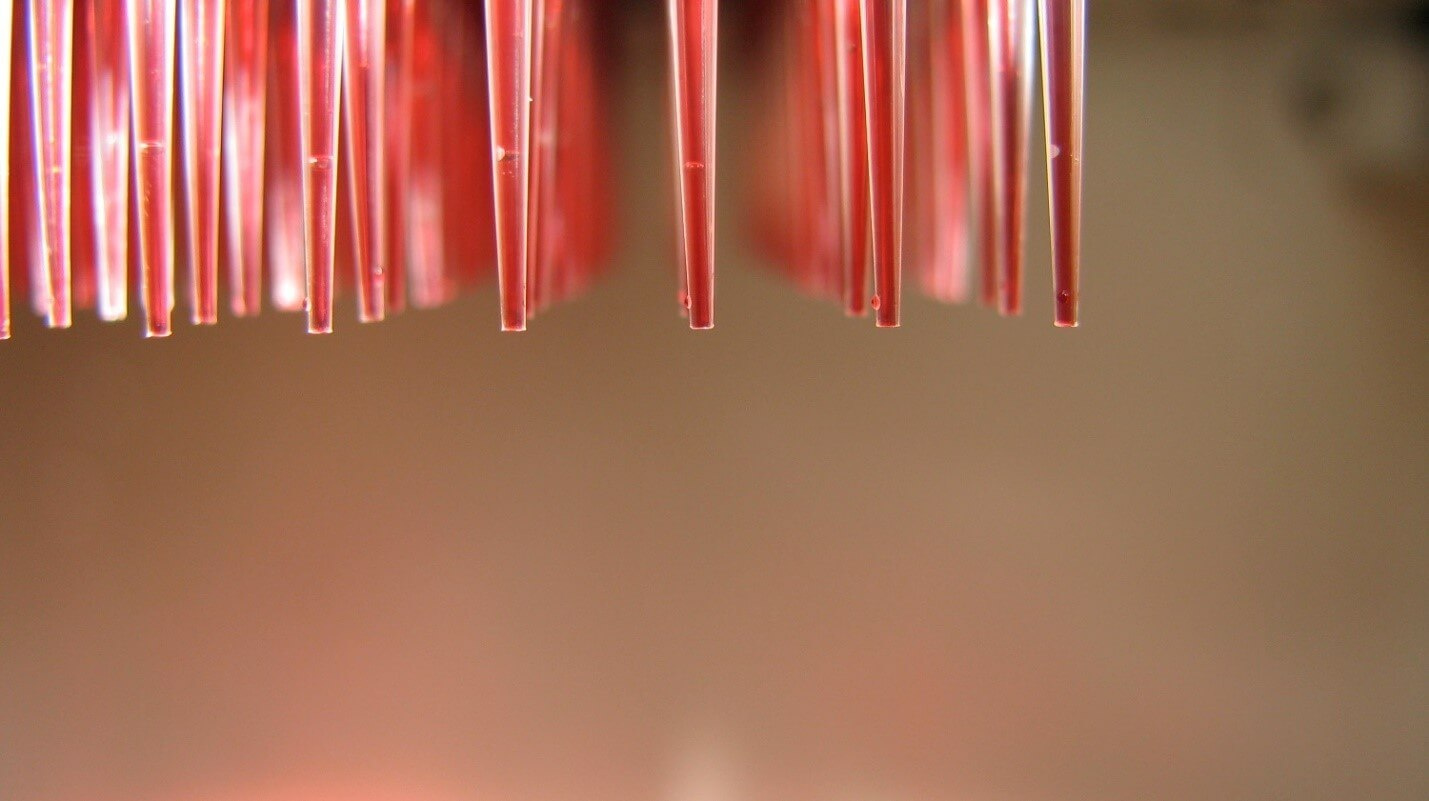Microsoft will introduce DNA storage in one of its data centers
Last year, Microsoft talked about its research on the development of DNA storage. Scientists said their technology would allow data center data to be stored in several sugar cubes. Last week, Microsoft Research associate Doug Carmean said that the company plans to introduce a DNA-based storage device in one of its data centers by 2020.
 / photo igemhq CC
/ photo igemhq CC
A research project of Microsoft Research is working on a new project, scientists from which were able to record 200 megabytes of data on artificial DNA spirals. The deoxyribonucleic acid molecule recorded a high-resolution music video, the Universal Declaration of Human Rights, translated into 100 languages and the first hundred books in the Gutenberg project list.
')
Microsoft uses the method proposed by experts from Harvard, who refused to work with living organisms - now synthetic DNA is introduced into a molecule generated on a special DNA chip.
First, the ones and zeros of the binary code are translated into combinations of nucleotides - adenine, guanine, cytosine, and thymine. Then, artificial DNA synthesis is performed with all this data. To determine the end and the beginning of the recorded files, special markers are introduced into the DNA molecule. From the electronic version of the generated sequence, the contractor Twist Bioscience synthesizes DNA fragments of 150 nucleotides each. In total, the recording took about 1.5 billion nitrogenous bases.
Doug Carmine says that the system they are developing will be comparable in size to the large copiers from the Xerox 70s of the last century. Data writing speed is only 400 bytes per second. Sequencers are used to read DNA data.
Now the mass introduction of DNA-based storage systems is hampered by the high cost of technology and low read / write speeds. Microsoft believes that for a successful commercial implementation of the solution, it is necessary to reduce the price of it by 10 thousand times and increase the write speed to 100 megabytes per second.
However, the company is convinced that even doubling the speed of reading data from DNA will be enough to create a commercial product for certain situations, such as archiving important medical information. Also, researchers from Microsoft set a more ambitious goal - to replace the magnetic tape with DNA carriers, which is still used today for long-term storage of information.
PS Other materials from the First Corporate IaaS blog:
 / photo igemhq CC
/ photo igemhq CCA research project of Microsoft Research is working on a new project, scientists from which were able to record 200 megabytes of data on artificial DNA spirals. The deoxyribonucleic acid molecule recorded a high-resolution music video, the Universal Declaration of Human Rights, translated into 100 languages and the first hundred books in the Gutenberg project list.
')
Microsoft uses the method proposed by experts from Harvard, who refused to work with living organisms - now synthetic DNA is introduced into a molecule generated on a special DNA chip.
First, the ones and zeros of the binary code are translated into combinations of nucleotides - adenine, guanine, cytosine, and thymine. Then, artificial DNA synthesis is performed with all this data. To determine the end and the beginning of the recorded files, special markers are introduced into the DNA molecule. From the electronic version of the generated sequence, the contractor Twist Bioscience synthesizes DNA fragments of 150 nucleotides each. In total, the recording took about 1.5 billion nitrogenous bases.
Doug Carmine says that the system they are developing will be comparable in size to the large copiers from the Xerox 70s of the last century. Data writing speed is only 400 bytes per second. Sequencers are used to read DNA data.
Now the mass introduction of DNA-based storage systems is hampered by the high cost of technology and low read / write speeds. Microsoft believes that for a successful commercial implementation of the solution, it is necessary to reduce the price of it by 10 thousand times and increase the write speed to 100 megabytes per second.
However, the company is convinced that even doubling the speed of reading data from DNA will be enough to create a commercial product for certain situations, such as archiving important medical information. Also, researchers from Microsoft set a more ambitious goal - to replace the magnetic tape with DNA carriers, which is still used today for long-term storage of information.
PS Other materials from the First Corporate IaaS blog:
- Backup, clone and restore data using NetApp and VMware tools. Part 1
- Backup, clone and restore data using NetApp and VMware tools. Part 2
- Cloud technologies in the film industry: how DreamWorks solved the problem of processing large amounts of data
- Hosting personal data in the cloud — features of the service
- Data replication to the NetApp service provider cloud
- Foreign or local data placement in the cloud: pitfalls
Source: https://habr.com/ru/post/329400/
All Articles